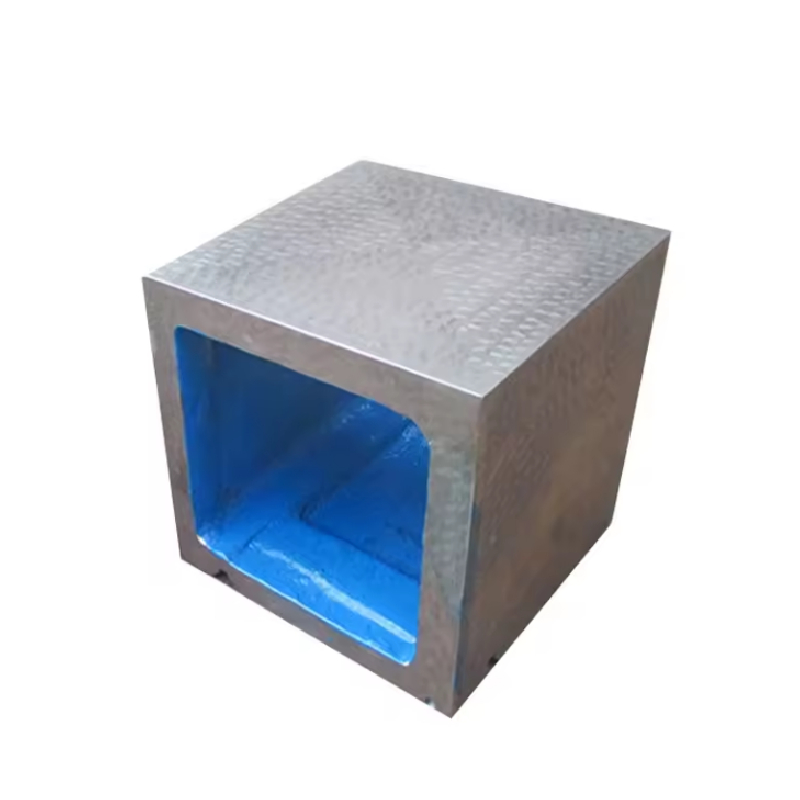Jul . 31, 2024 16:54 Back to list
Exploring Various Types of Thread Gauges and Their Applications in Precision Measurement
Understanding Thread Gauge Types A Comprehensive Guide
Thread gauges are essential tools in various industries, including manufacturing, automotive, and aerospace, where precise measurements are critical. These gauges serve as instruments for assessing the thread size and pitch of screws, bolts, and other threaded components. Understanding the types of thread gauges available is crucial for professionals to ensure accurate measurements and high-quality production standards. This article will explore the primary thread gauge types, their applications, and their significance in quality control.
1. Plug Gauges
Plug gauges are primarily used to measure the pitch diameter of internal threads. They come in two forms go and no-go. The go gauge should fit into the thread, indicating that it meets the required specifications. In contrast, the no-go gauge should not fit. If the go gauge does not fit or the no-go gauge does fit, the thread is deemed out of tolerance. Plug gauges are vital in ensuring threaded components fit properly and can engage correctly with their counterparts.
2. Ring Gauges
Unlike plug gauges, which are designed for internal threads, ring gauges are used to measure external threads. Like plug gauges, they are available in go and no-go varieties. The go ring gauge should easily fit over the external thread, confirming correct dimensions, while the no-go gauge must not. Proper utilization of ring gauges is critical in quality assurance processes, as incorrectly sized external threads can lead to assembly issues and reduced product performance.
3. Thread Pitch Gauges
Thread pitch gauges are tools used to measure the pitch of a thread, which is the distance between threads. They consist of a set of blades, each with teeth that represent different pitch sizes. By aligning a blade with a threaded component, operators can quickly determine the pitch. This kind of gauge is indispensable in applications where precise thread specifications are necessary, such as in the production of machinery and automotive parts.
thread gauge types

4. Thread Calipers
Thread calipers are versatile tools used to measure various aspects of threaded components, including the major diameter, minor diameter, and pitch. These calipers can be used for both external and internal threads and are advantageous for quality control inspectors who require detailed measurements. The ability to assess multiple dimensions with one tool makes thread calipers efficient and cost-effective.
5. Thread Depth Gauges
Specific applications may require an understanding of the depth of the thread. Depth gauges are tools that measure the depth of internal threads to ensure they comply with specifications. Proper depth is crucial for the effective engagement of screws and threaded inserts, and these gauges help ensure that the threading is deep enough to hold securely but not so deep that it compromises strength.
6. Importance of Thread Gauges in Quality Assurance
The integration of thread gauges into the manufacturing process is vital for several reasons. First, they help maintain consistency and precision in production, leading to higher-quality products. Second, the use of thread gauges reduces the risk of assembly failures, which can be costly in terms of both time and resources. Lastly, they ensure compliance with industry standards and regulations, which is essential for companies aiming to maintain a competitive edge in the marketplace.
Conclusion
Thread gauges are indispensable in various industries where threaded components are prevalent. By understanding the different types of thread gauges—plug, ring, pitch, calipers, and depth gauges—professionals can take precise measurements that uphold quality and safety standards. As technology continues to advance, the tools and techniques for measuring threads will evolve, but the fundamental importance of accurate measurements will remain unchanged.
-
thread-plug-gauge-our-promise-of-measurement-excellenceNewsAug.22,2025
-
gauge-pin-class-reflecting-quality-legacyNewsAug.22,2025
-
check-valve-types-for-high-rise-buildingsNewsAug.22,2025
-
water-control-valve-for-irrigation-systemsNewsAug.22,2025
-
gate-valve-with-soft-seal-technologyNewsAug.22,2025
-
y-type-strainer-for-oil-and-gas-applicationsNewsAug.22,2025
Related PRODUCTS









